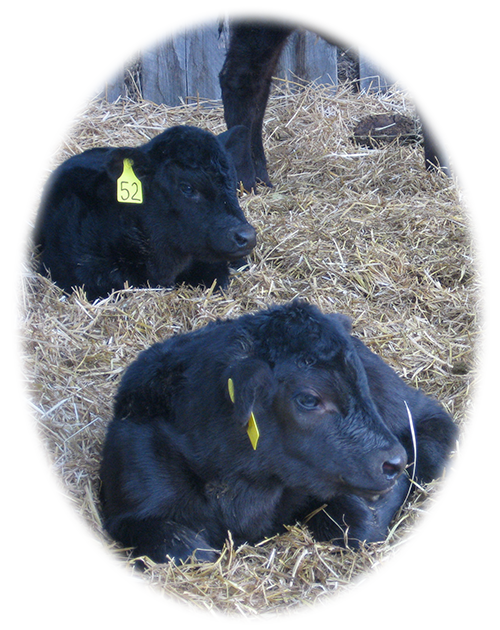Verified Beef Production (VBP) is Canada's on-farm food safety program for beef – a dynamic program to uphold consumer confidence in the products and good  practices of this country's beef producers.
practices of this country's beef producers.
The VBP program is recognized by the Canadian Food Inspection Agency (CFIA) as being technically sound. Canada's beef producers already have a reputation for acting responsibly, but VBP takes that to a new level. Grass-roots driven and industry-led, the program is part of a broad effort by Canada's food providers to ensure on-farm food safety. It's based on the principles of an international quality control program used widely in many industries, called Hazard Analysis Critical Control Points (HACCP), which has been specifically adapted for VBP.
The overall result is stronger competitiveness for Canada's beef industry, as food safety continues to grow as a major factor in consumer buying decisions.
Program roots. The VBP program grew from its roots in the Quality Starts Here (QSH) program, an educational initiative started by the Canadian Cattlemen's Association to help the beef industry move toward the highest beef quality in the world.
National, global effort. The VBP program is also part of a broad, global trend in food production, both in Canada and internationally, toward verified food safety standards. This includes many on-farm food safety management programs in different sectors of food production implemented in Canada and major food production countries around the world.
Program Fundamentals
Standard Operating Procedures (SOPs) SOPs for management practices in the VBP program are designed to reduce or eliminate the possibility of a food safety concern on a beef cattle operation. They include a set of "must do" requirements as well as recommended procedures to help reduce the chance of a hazard, along with a record keeping component to demonstrate what was done. VBP program SOPs cover animal health management, cattle shipping, medicated feed, pesticide control and training /communications.
Effective records. Documenting food safety management practices is the proof that withdrawal times are followed and potential hazards are minimized.
Verification. When SOPs are verified through a third party, audit-style process, farm operations achieve the credibility and profile of meeting national VBP standards.
 HACCP-driven process
HACCP-driven process
VBP is based on the principles of Hazard Analysis Critical Control Points (HACCP), which are adapted to fit the VBP program. HACCP is the standard used around the world and HACCP-based programs are in place in all federally processed plants for meat and other products. Packing plants have made substantial investments to implement HACCP-based programs at the plant level and will soon want to source their inputs from HACCP-based programs.
There are seven steps to the HACCP process:
- Identify potential biological, chemical and physical hazards that impact beef safety.
- Identify production practices where hazards can be reduced or eliminated.
- Establish limits to ensure key production practices are under control.
- Regularly monitor the good production practices (SOPs).
- Establish corrective actions if monitoring indicates a problem.
- Verify that SOPs are working properly.
- Establish effective documentation to verify the HACCP plan. The QSH VBP program has already incorporated these principles into its recommended on-farm GPPs.
